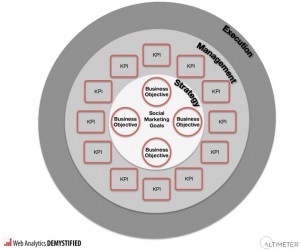Its that time again! As last year’s post showing the many Toronto (and eventually Canadian) panels up for voting was such a success I decided to give the list another go this year with the goal again to try to get as many Canadian Panelists into SXSW 2011! (And to make peoples dreams come true ;))
Find below an initial list of people who have submitted their panels up for review. This post is open to everybody, if you know of someone or have your own panel that you would like to submit feel free to @me on twitter or send me an email (kevin@kevrichard.com)
THE LIST:
- Understanding Customer Culture; Caution May Require Cajones moderated by Ujwal Arkalgud and featuring Grant McCracken, Sean Howard, Sam Ladner and Paul McEnany.
- Naked Dating: Finding love in 140 Characters or Less with Jeremy Wright and Melissa Smich
- Agile Ain’t Just For Developers: Agile People Manifesto with Andre Gaulin and Jay Goldman
- Conquering Creativity: A Creative Method For Every Mind with Jason Theodor
- Your Resume is so 2005: Show me Passion with Duane Brown
- Too Many Options: Choosing a Digital Media Platform with Duane Brown and Randy Matheson
- The Universal Declaration of Avatar Rights with Collin Douma
- Real User, Real Connections with Russell Sinclair
- What Does Google TV Mean For The Advertising Industry? with Andrew Bailey
- Branded Entertainment: Do Brands Hurt Good Storytelling? with Matt Di Paola
- I’m a Flash Developer. Now What? with Jeff Vermeersch
- Startup Marketing: Its More Then a Twitter Account with Saul Colt et al.
- Value of A Facebook Fan: Does it Matter? with Michael Scissons
- Bend Over! Surprise Agencys Are Screwing You with Lucia Mancuso and Meghan Warby
- Abolish The Hourly: How Value Pricing Wins Clients with Lee Dale and Jon Lax
And theres more! Came across this great listing of Vancouver SXSW sessions on Tech Vibes. Not to take away from the awesome work done in creating the profiles you can check them out and vote for them HERE.
I know there are many other panels out there so folks let me know if you want your session up! For those coming across this post please support these adventurous folk share what they have to say in Austin this spring at SXSW.






